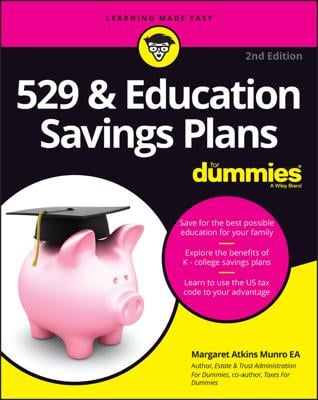If you or your spouse is considering the possibility of continuing your education, or if you’re currently enrolled in an education program, you can tap your RRSP (Registered Retirement Savings Plan) to help finance your studies.
The program is called the Lifelong Learning Plan, or LLP for short. Funds are taken out of an RRSP — or, actually, “borrowed from an RRSP” — tax-free and then used to fund education. The funds must be paid back to the RRSP over a period of time. If the repayment schedule is not followed then there will be a personal tax liability to the extent a required repayment is not made. The program works similarly to the Home Buyers’ Plan (HBP), where funds are removed tax-free from an RRSP to assist in the purchase of a home.
You can take advantage of the Lifelong Learning Plan as long as you or your spouse is enrolled as a full-time student in a qualifying education program. You can also participate in the Lifelong Learning Plan if you’re disabled and attend school on a part-time basis. The Lifelong Learning Program cannot be used to fund a child or grandchild’s education.
![[Credit: ©iStockphoto.com/Cevdet Gökhan Palas]](https://www.dummies.com/wp-content/uploads/341815.image0.jpg)
Give me the money
The Lifelong Learning Plan allows you to withdraw up to $20,000 (the annual limit is $10,000) tax-free from your RRSPs to assist you or your spouse with education expenses. Subject to certain restrictions, amounts may be withdrawn as often as needed over a period of up to 4 years, and repaid over a period of no more than 10 years.
The Lifelong Learning Plan is similar to the Home Buyers’ Plan in that you must make sure not to withdraw any of the RRSP contributions you made in the immediately preceding 90 days, otherwise you won’t be allowed to deduct the RRSP contributions on your return. You can avoid this by not making your withdrawal from the same RRSP to which you contributed in the immediately preceding 90 days, or, alternatively, by making sure the balance in the RRSP immediately after the withdrawal is greater than the total contributions made during the preceding 90 days.
Payback time
Generally, you need to repay 1/10th of your original Lifelong Learning Plan balance until you repay the full amount you withdrew.
The timing of when you need to start making those repayments depends on your status as a student. If you’re entitled to the education amount as a full-time student for at least three months in a year, you don’t need to start making repayments. If you don’t meet this education amount condition two years in a row, your ten-year repayment period begins in the second of the two years.

